Learning French and Spanish at the same time
I’ve spent the last 4 years learning French and Spanish at the same time.
So yes, it’s possible, and yes: you can do it.
In this article, I’m excited to answer a lot of questions, show off some of my favorite tips, and help you learn French and Spanish together. So let’s dive in!
This article is part of a larger series called French vs Spanish. Click the title to see the main article, or click here to see all French vs Spanish articles.
And FYI, some of the products that I use and recommend I now affiliate with, meaning I may earn a small commission off purchases at no cost to you.
Why I started learning French and Spanish at the same time
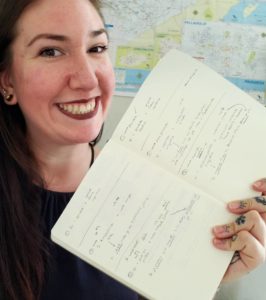
Celebratory selfie after my first combined lesson where I studied both French and Spanish together with the same teacher.
When I was younger I thought learning languages was hard–maybe harder than I was capable of.
I had been so excited to learn a new language in school, but by the time I graduated high school, I had essentially failed out of Spanish. I had also tried Polish in university but quickly gave up on that too.
Eventually, at age 27, I decided to try some language immersion school in Mexico thinking I’d give learning Spanish one last shot…
And almost like magic, learning languages turned out much much easier than I thought.
(Why is that? I’ll give away the secrets soon, but it wasn’t the immersion. Just keep reading.)
So when I finally reached my goals in Spanish, I decided to give French a try at the age of 29.
I’d always been curious, so why not give it a go?
So I did the same thing: I went to Quebec for immersion for two months to start my long (long) path to fluency.
And French Canada was amazing.
I made Latino friends who I spoke Spanish with as we studied French together. Then I made friends with one of my French professors since he was curious about learning a bit of Spanish himself.
And both of my languages continued to develop together!
The reason why I started learning French at the same time as Spanish was simple: boredom and curiosity.
And in fact, that’s why I now always study multiple languages at the same time!
Why I always study two languages at the same time (or more)
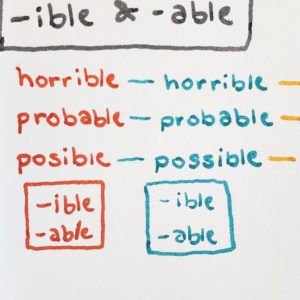
I now take multicolor notes and each language has its own color. Spanish is red and French is blue.
You know how it’s like to crave your favorite food, right?
Maybe your favorite food is Mexican tacos or New York pizza… and why wouldn’t you crave it! It’s your favorite food! Of course you want it!
But other times you’re hit with a craving for something totally else. Your favorite food just isn’t what you want right now.
Plus, not having your favorite food for long stretches of time can make it taste even better the next time you have it!
So what does this have to do with learning French and Spanish at the same time?
Because languages can be like that too.
I love Spanish–out of all of my languages, it’s by far my favorite and most dear to me.
But sometimes I just don’t want to listen to Bad Bunny. I’m not in the mood for a dramatic Latino novel. I just don’t want to listen to a Spanish language podcast.

Me and my best friend in Paris in 2019, where I got to smuggly translate everything for her. Even better was dinner that night, where we met up with a friend of mine in Mexico and her boyfriend got to teach us some Portuguese. Four languages in one day!
But some Stromae? Getting my news in French? Watching a French baking show on YouTube? That sounds like exactly the ticket.
The language I pick up on any particular day is just the language that sounds the most appealing to me at that moment.
Let me be clear: some people find learning two languages at the same time overwhelming.
If you don’t feel like it’s for you, then there’s no reason to pressure yourself into learning French and Spanish at the same time.
But at the time of this writing, I’m still learning Spanish and French together after years of study–as well as maintaining my upper-level Catalan and even dabbling in a bit of low-level German.
Because my moods are constantly shifting! Learning only one language at a time would bore me to tears.
I’m never bored, I’m never frustrated, and there’s always some fun new resource to explore or enjoy.
Now that I’ve made my case for why I like to learn Spanish and French together, let’s go through my tips after a few years of experimenting with learning multiple languages at the same time.
My tips for learning French and Spanish at the same time

I make language memes on Instagram as @MultilingualMarissa
Tip 1 – Don’t let anyone scare you out of your language learning goals.
When I first started learning multiple languages at the same time, dozens of strangers online cited some random YouTuber or their own bad language experiences in order to try to keep me away from learning multiple languages together.
Just because someone else finds something hard (or claims it’s impossible) doesn’t mean that it is.
And it certainly doesn’t mean that you will find it impossible.
To fight other people’s anxiety and keep it from messing with my head, I had a few tools I relied on:
- Other friends who had learned multiple languages before. I’m part of the large #polyglotcommunity on Instagram, and by surfing that hashtag I found plenty of people to encourage me. We’d love to have you as part of the community!
- My own gut instincts. I knew I was happy and my curiosity was satisfied. So whenever I felt doubt because someone would say something like “you’ll mix them up!” I asked myself: “But is that a problem I’m currently having?” No, I wasn’t getting confused (like many people said I would). And no, I wasn’t bored (as many people feared). I checked my facts for myself.
In the following tips I’m going to go over some pitfalls you may find when you learn Spanish and French at the same time, but before anything else:
Don’t let anyone’s fears control your feelings.
Tip 2 – Learn your first “second language” by itself. Then, trust your gut.
Some polyglots think you can only learn multiple languages at the same time only if they’re at different levels.
They think you should start one language, become extremely good at it, and then move on to another.
But I don’t fully agree.
When I started Catalan, Portuguese, and Italian at the same time I started them all the same day in the same class with the same teacher.
And I did mix them up a bit.
At first.
But with time that faded and eventually, I stopped mixing them up at all.
(We’ll get to how I stopped mixing them up soon.)
So if you want to start Spanish and French together starting on the same day, go ahead.
But I’ll add one little stipulation to that.
When I started those three languages at the same time, I already spoke two languages at intermediate or advanced levels.
That meant that I already knew myself as a language learner, so I could trust my own gut instincts.
One of the most powerful tools an adult language learner has is their gut instinct.
That “gut instinct” is the ability to ask yourself:
- Is this resource working?
- Is this study technique helpful?
- Do I need to break up with this teacher?
- Do I need to switch textbooks?
But you can’t know what’s working or not until you’ve cultivated a gut instinct. And you need time to work on that “I just have a feeling” feeling.
If you’ve never sat down to study a language as an adult before, and gotten to at least the intermediate level, my advice is to do that first with one language alone. (This includes people who were born bilingual and speak two languages but have never studied a new language.)
It’s a good investment of your time and will give you metacognition superpowers so that when you want to learn two (or three) languages at the same time you’ll be able to.
Now, this doesn’t mean that you can’t learn Spanish and French at the same time if you’ve never learned another language before. (Don’t let anyone, including me, scare you.)
Just that it will be a bit harder for you, and the frustration might cause you to quit.
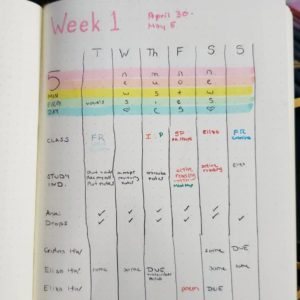
This was my original schedule when I was learning 3 new languages at once (Italian, Catalan, and Portuguese) while maintaining Spanish and French.
Tip 3 – Find a good language learning schedule
One of the biggest problems you will encounter learning multiple languages at once is going to be fitting them into your schedule.
Think about it–a lot of people can’t find time to study one language.
And the time for two?
Here’s my golden rule for learning multiple languages at once:
Build an amazing habit!
Find a good time of day when you’ll never be interrupted and when nothing else will come up. Find a way to chart and track how much time you’re putting into each language.
It doesn’t have to be equal–I certainly put more effort into my Spanish than my French, which is aligned with my priorities.
But deciding what you do with your time and how you divide your time between the two languages does have to be intentional.

Tip 4 – Switch between Spanish and French often
The problem most people talk about (and, truthfully, the hardest thing about studying two languages at the same time) is mixing them up.
Your poor overworked brain is trying its best… but it can’t seem to figure out what these new words belong to.
Is all this new vocabulary from another language? Is it two different languages? Part of an existing language you already have?
This is especially true for learning French and Spanish together because you have to remember if nearly-identical words like problemente or le weekend are Spanish or French (or maybe just English).
Here are a few ways you can help your brain separate the two languages:
- Create flashcards for similar words where you have French on one side and Spanish on the other. Use an app like Quizlet, Memrise, or Anki and add sound files.
- Create flashcards with English on one side and both French and Spanish on the other, so you learn the same vocabulary in both languages (as well as which word goes with which language.)
- Give yourself some monolingual days where you only work on one language. So on Saturday, maybe all of the news you read, podcasts you listen to, and music you enjoy are in French; then on Sunday, the whole day is in Spanish.
Now let’s look at another grew way to separate your two new languages while speaking.

When I couldn’t find someone to talk with, I would post videos of myself speaking multiple languages together on Instagram, even if I only had a few minutes in my car while waiting for something.
Tip 5 – Talk someone’s ear off
Now: the hardest part is going to be not mixing up French and Spanish while speaking.
We already covered how to separate some of the vocabulary and grammar, but what about in conversations in the real world?
Just like I find studying French and Spanish back-to-back really helpful, I also find speaking them back-to-back helps a ton.
Here is how you can practice speaking Spanish and French at the same time:
- Find a multilingual or polyglot tutor. Ask them for 1hr sessions where you spend 30min in one language and 30min in the other. You can use sites like iTalki, Preply, or Verbling (and get $10 off your first iTalki lessons here).
- Find online language exchange friends who want to have conversations for 30min in French and then 30min in Spanish. I love the #langaugeexchange hashtags on Instagram and Twitter, but you can also use services like Tandem or Hello Talk.
Now, if you’re taking classes in school or university you might think that you don’t need to hire an extra teacher or find a language exchange partner.
But if all you’re doing is learning grammar rules and vocabulary blocks without any conversation practice, I can promise it will all blend together without some extra help.
So let’s look at my last tip, which anyone in any situation can fit into their language learning life.

Tip 6 – Immersion, immersion, immersion
“But I can’t just go to Paris or Cuba!” you say. “I can’t afford immersion!”
It’s okay–neither can most language learners.
In fact, many of us haven’t ever even been to a place where they speak the languages we love.
It’s expensive, and we have other priorities.
But if all you do is study grammar rules, your French and Spanish will blend together into one jumbled mess.
Here are a few ideas for how you can do French and Spanish at-home immersion.
- Find YouTubers you like. To start you off, I have a few lists of Mexican YouTubers and French YouTube channels for learners.
- Make playlists. Throw a bunch of French rock on in the background one day while cleaning, and then later in the day Spanish rap. Listen to both every day in chunks–maybe separate your mornings for French and your evenings for Spanish. Here is some French music I adore to get you started.
- Find podcasts in French and Spanish. Here are some great ones for French, and I recommend this list for Spanish language podcasts.
- Use an immersion planner. Check out my free mini-course and bullet journal planner to help plan your at-home immersion!
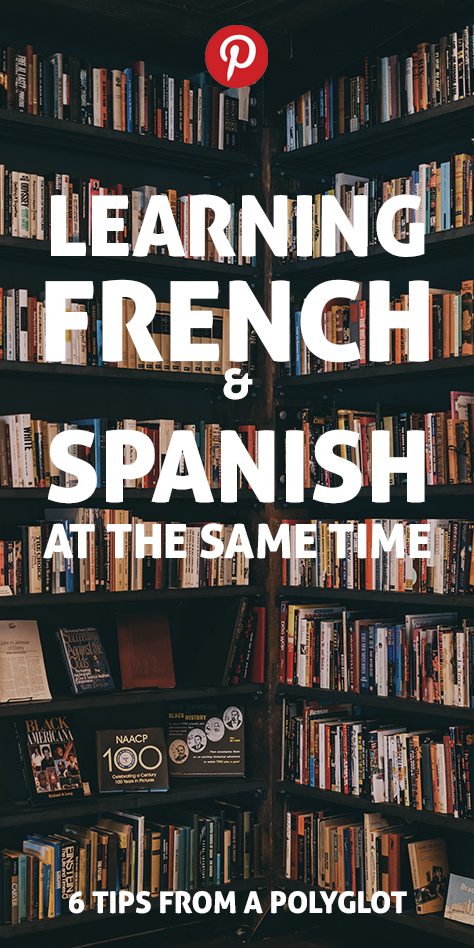 So how do I suggest studying French and Spanish at the same time?
So how do I suggest studying French and Spanish at the same time?
Here’s the quick check-list to recap the most important parts of what we just went over.
- Only do it if it feels right for you. Because it’s hard, but it can be rewarding.
- Don’t let anyone scare you off with their own bad language learning experiences.
- Build yourself a good language learning habit, using tools like bullet journals and your phone calendar.
- Switch between the languages often when speaking, either by doing language exchanges or study sessions back-to-back to force your brain to organize them.
- Immersion, immersion, immersion! Check out all of my preferred language learning resources here.
Do you have any tips for learning French and Spanish at the same time?
Leave them in the comments below. I’d love to see them, and so would future readers!
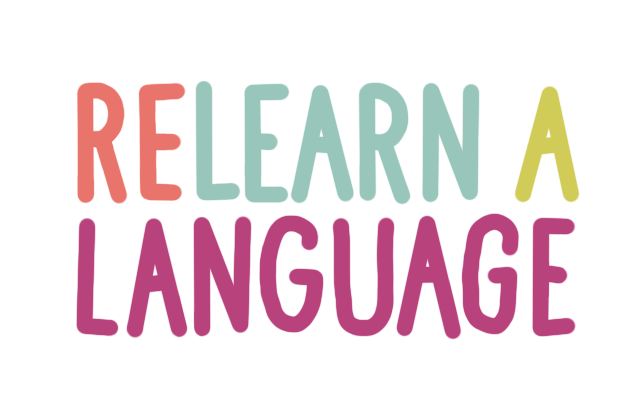
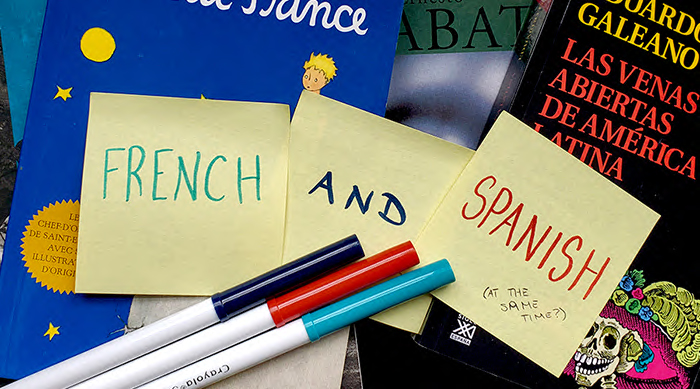

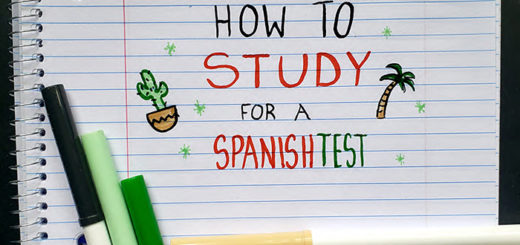
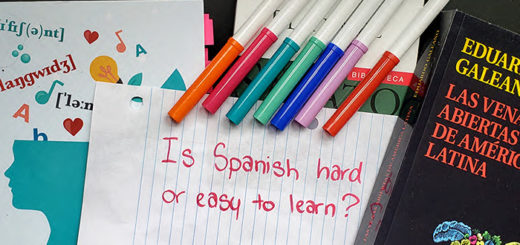


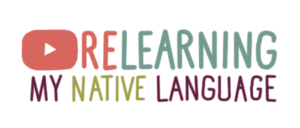
I will love you to teach me to speak and write both language
Hi Folorunso – if you want to find teachers who teach both, I suggest iTalki. They have great teachers and I have links in this post so you can save $10 off your first class 🙂
I am so happy I came across this blog. I am going to France in October & wanted to learn a bit of the language before I go. But at the same time, I also have been wanting to learn Spanish , which is my native language. So as I’m sitting here, the thought randomly came to my head “why not learn BOTH?!” And that’s when I stumbled upon your blog. Although I am not fluent in Spanish , I do know some and think I can take on the challenge of adding French. I wasn’t sure it was something others do, but I’m happy to know it’s definitely possible. 🙂
It’s definitely possible! And relearning a heritage language is an amazing journey too… buena suerte!